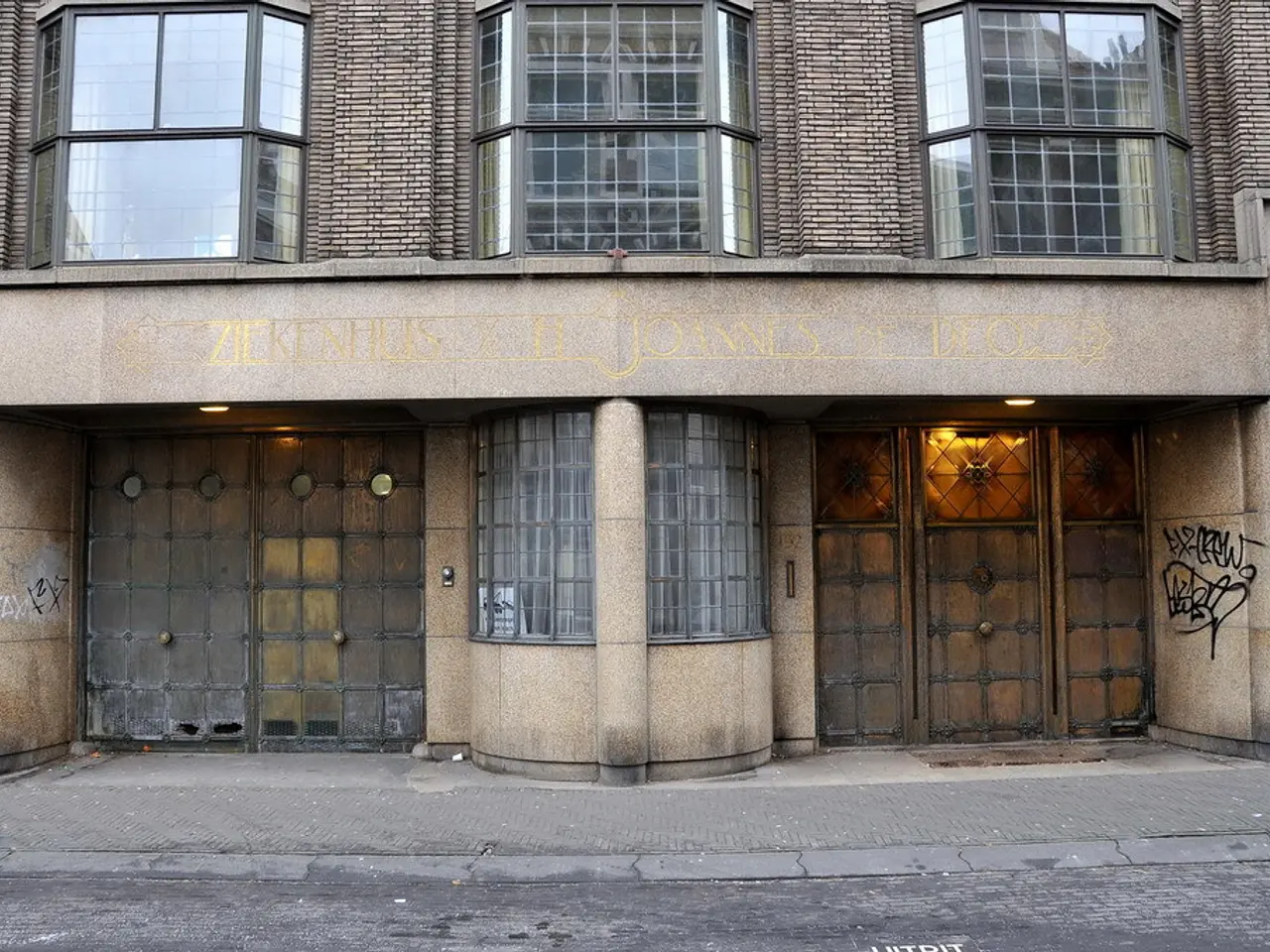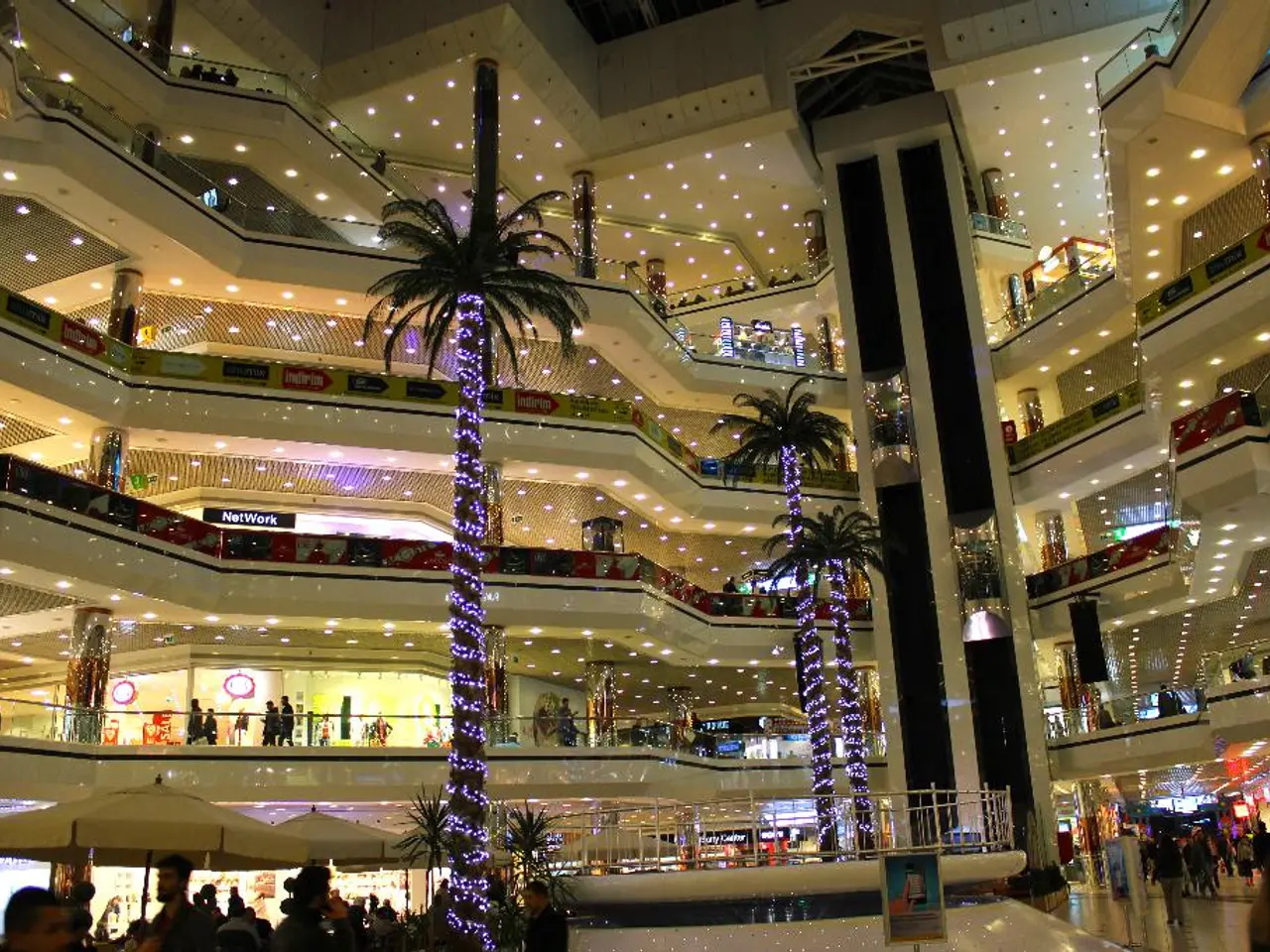Monitoring Visual Responses to Architectural Spaces and their Components through Eye-Tracking Technology
In a groundbreaking development, the Human Architecture + Planning Institute has conducted a series of seven Building Studies using innovative online eye-tracking software, shedding light on how specific morphological features in architectural and environmental experiences can influence the first gaze attraction. This technology, once confined to niche applications, is now expanding its reach into various fields, offering valuable insights into the human experience of the built environment.
Recent applications of eye-tracking technology have focused on understanding how people visually interact with architectural spaces, urban designs, and interiors. The market analysis from 2020 to 2031 indicates a broad expansion and refinement of eye-tracking systems, driven by advances in sensor and data processing technologies.
One of the key insights from these applications is the increasing embedding of eye-tracking into human-centered design processes. This allows designers to objectively measure where people focus their attention in complex environments, enabling them to optimise spatial layouts for comfort, safety, and aesthetic appeal.
The technology is also being applied in environmental psychology and urban planning to evaluate how individuals perceive public spaces, signage effectiveness, and potential stressors or distractions within built surroundings. By improving usability and navigability, the technology is set to revolutionise the way we design and interact with our surroundings.
Recent developments have leveraged low-cost and scalable eye-tracking systems, sometimes integrated with other digital tools such as repurposed smartphone sensors. This allows for the monitoring of visual behaviour in real-world settings without intrusive equipment.
The eye-tracking market growth suggests increasing adoption in research on human experiences related to lighting, colour schemes, wayfinding, and emotional responses in architecture. This provides quantitative data to complement subjective assessments, offering a more objective approach to design decisions.
The results of the Building Studies conducted by the Human Architecture + Planning Institute provide additional knowledge about environmental complexity and its impact on the human experience. For instance, images with organized complexity, such as those found in nature and pre-modern architecture, attract the gaze faster and keep it for longer periods.
However, it's important to note that the new technology is not without its limitations. The paper highlights the significance of the technology and its limitations in fully capturing the human experience of the built environment.
The use of downloadable software allows participants to record their responses to presented images with calibrated webcams at home, making the technology more accessible and broadening its potential uses. Affordable wearable sensors have further expanded the potential applications of eye-tracking technology.
In essence, eye-tracking technology is transforming the assessment of the built environment by providing objective, fine-grained data on human visual experience. This supports evidence-based design decisions aimed at enhancing both functionality and emotional well-being of users. The ongoing expansion of this market and integration with digital health and environmental monitoring tools underline its potential for more widespread, impactful applications in the near future.
For those seeking detailed case studies or specific experimental results, academic databases and specialized journals in architecture and environmental psychology may provide more targeted findings. These reports focus on broad trends and capabilities rather than individual research outcomes.
Technology, such as eye-tracking systems, is being integrated into various fields, including architecture and environmental psychology, providing valuable insights into how people visually interact with gadgets like buildings and urban designs. These insights are essential for human-centered design processes, as they allow designers to optimize spatial layouts for comfort, safety, and aesthetic appeal by understanding where people focus their attention in complex environments.




